2.1.3
China’s military preparations

Since 2012, President Xi Jinping has overseen the most significant restructuring of China’s military since the post–Cold War reforms of the late 1990s. That has included dissolving the four traditional military departments and replacing them with 15 new organisations under the Central Military Commission, as well as creating five joint theatre commands. Those changes enhance coordination across the services and focus on regional operations, including potential Taiwan scenarios.
Under Xi, the People’s Liberation Army (PLA)—which answers to the CCP, not the Chinese state—has become a modern, agile and technologically advanced force capable of joint operations across land, sea, air, cyber and space domains. Regular deployments and large-scale exercises around Taiwan help train the PLA for amphibious assaults, air superiority campaigns and maritime blockades—key for a force that hasn’t fought a war since 1979.
The PLA’s investment in cutting-edge technologies and new capabilities is intended to thwart Taiwanese defences and the militaries of those nations that may seek to come to Taiwan’s aid, particularly the US. Those technologies and capabilities include, but aren’t limited to, the following:
Capabilities that could target Taiwan

Amphibious assault ships: Type 075 amphibious assault ships deploy helicopters, landing craft and marines; key assets for a potential island invasion.


Amphibious brigades: mechanised infantry units from the PLA 72nd and 73rd Group Armies (approximately 20,000 troops) are specially trained for amphibious operations in the area of Taiwan.


Barges and ferries: invasion barges would be used to create bridges and ports, while civilian ferries could support the flow of troops and equipment into Taiwan.


Missiles: the PLA has state-of-the-art short-range, cruise and hypersonic missiles that could target Taiwan’s defences to enable rapid dominance.

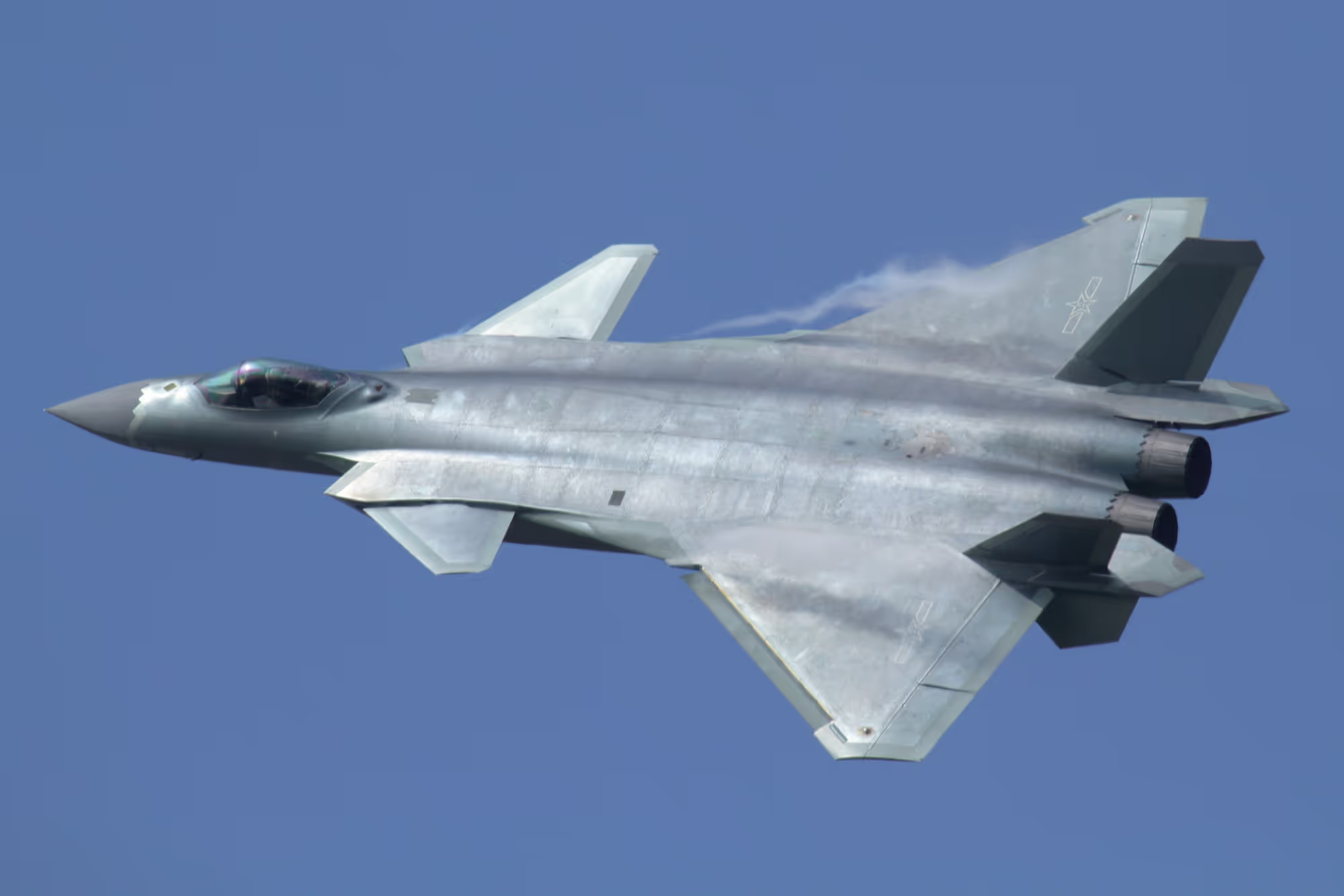
Combat aircraft: such as the J-20 stealth fighter, are designed to challenge air superiority by neutralising Taiwan’s air force or the forces of a third party.

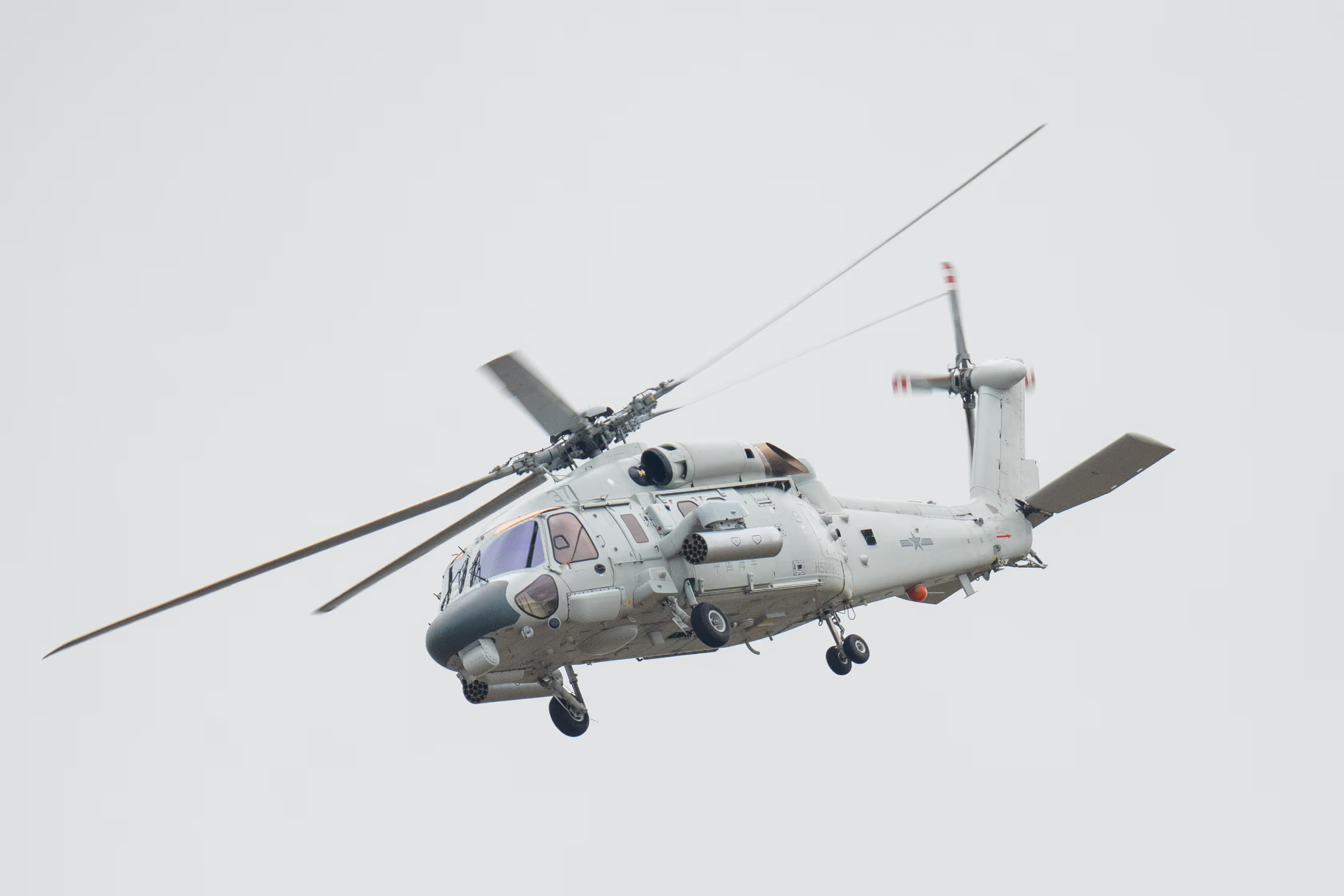
Airborne assault capabilities: such as Z-20 and Z-8 helicopters and Y-20 transport aircraft enable the rapid deployment of troops and equipment.


Uncrewed aircraft: such as the Wing Loong series or the new Jui Tian ‘drone carrier’ provide intelligence, surveillance and precision strikes.

Capabilities targeting third party intervention
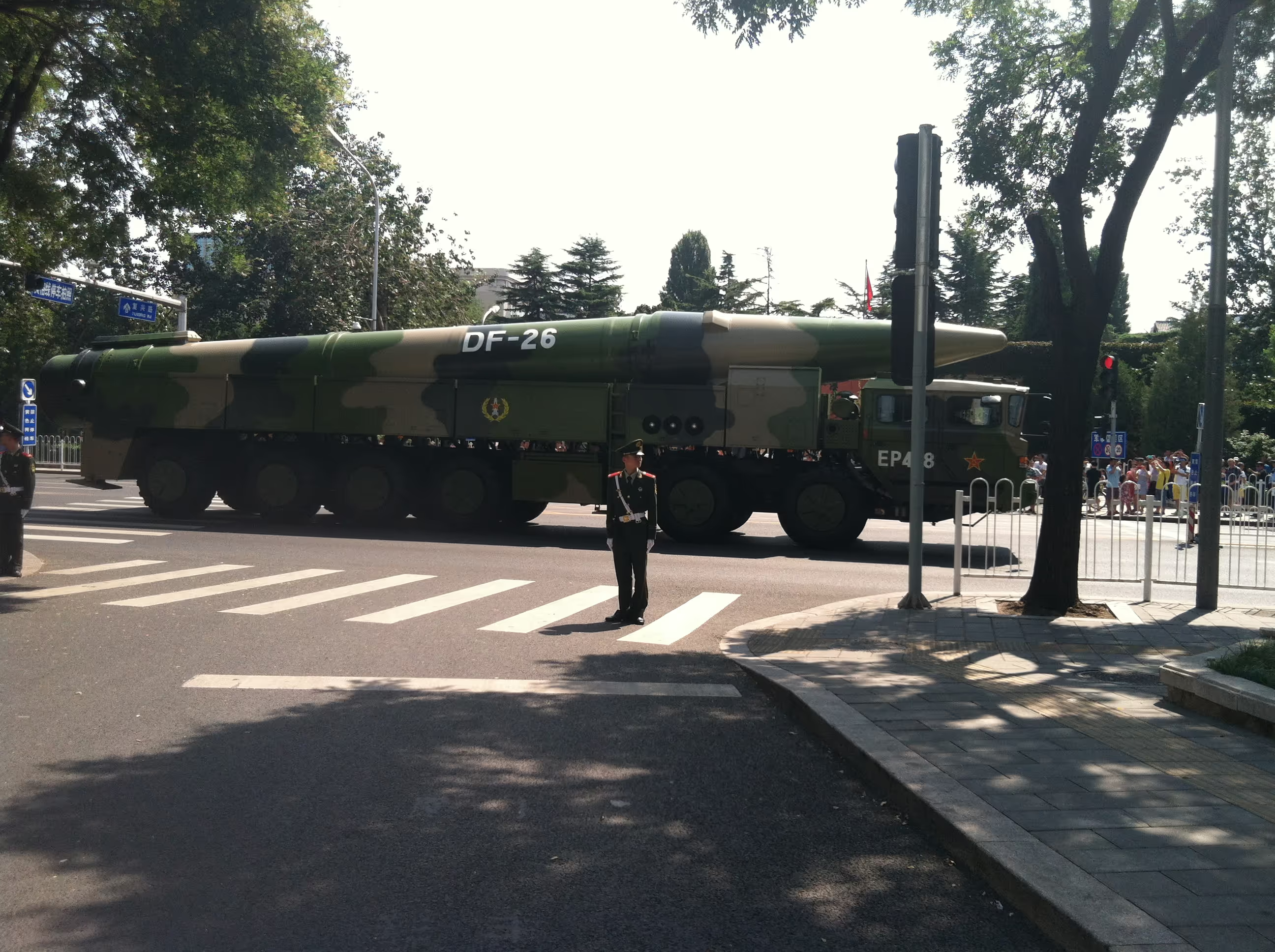
Area-denial weapons: DF-21D ‘carrier-killer’ and DF-26 missiles could target US aircraft carriers, US bases in Guam and allied ships.

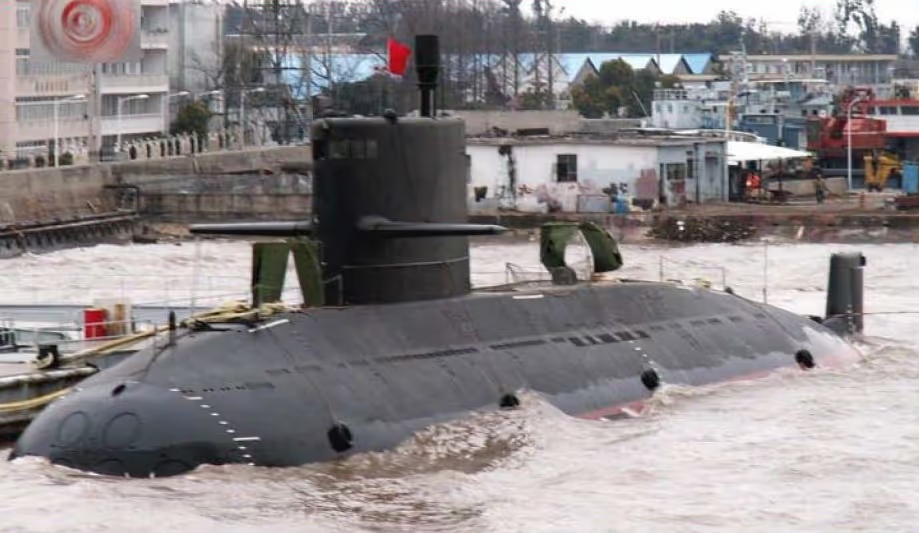
Submarines: Yuan-class diesel–electric and Shang-class nuclear-powered attack submarines patrol key straits and choke-points.


Maritime assets: Type 055 destroyers could launch hypersonic anti-ship missiles against potential US reinforcements from Guam or Japan.


Long-range bombers: H-6K and H-6N bombers could conduct stand-off strikes against US bases and carrier strike groups.

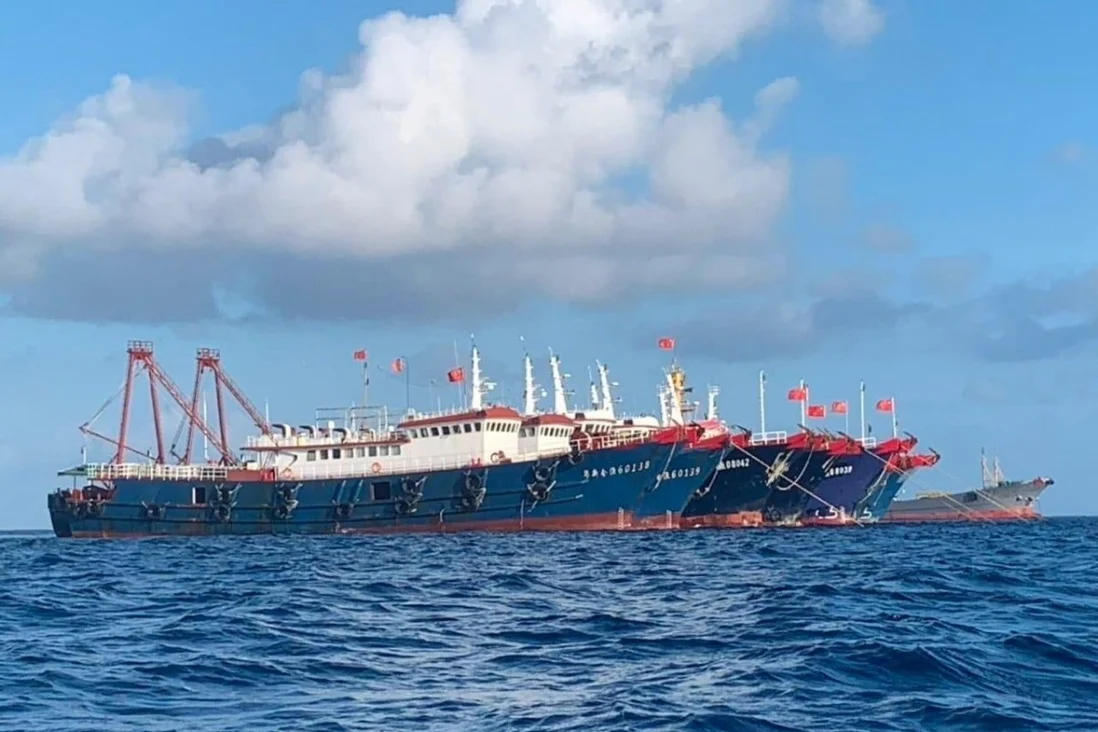
Civilian assets: maritime militia (civilian ships under military direction) could be used to harass US and allied ships, clog straits and deny access.

Non-kinetic capabilities

Cyber operations: the PLA Cyberspace Force already targets Taiwan’s command, control and communications systems, financial networks and critical infrastructure.

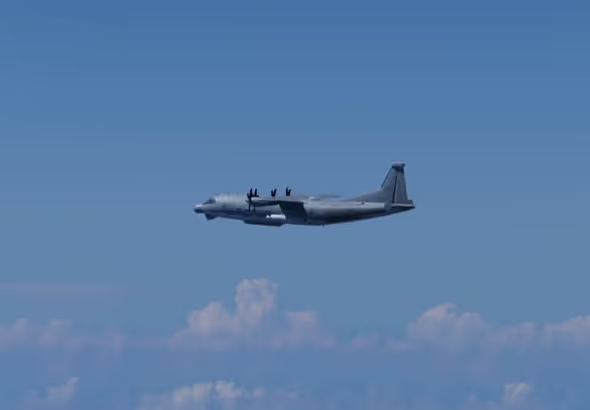
Electronic warfare: Y-9G aircraft can disrupt radar, command-and-control systems and missile guidance.


Information and psychological warfare: Cyberspace Force Base 311 already uses media, texts and mobile apps to demoralise Taiwan’s military and civilians.

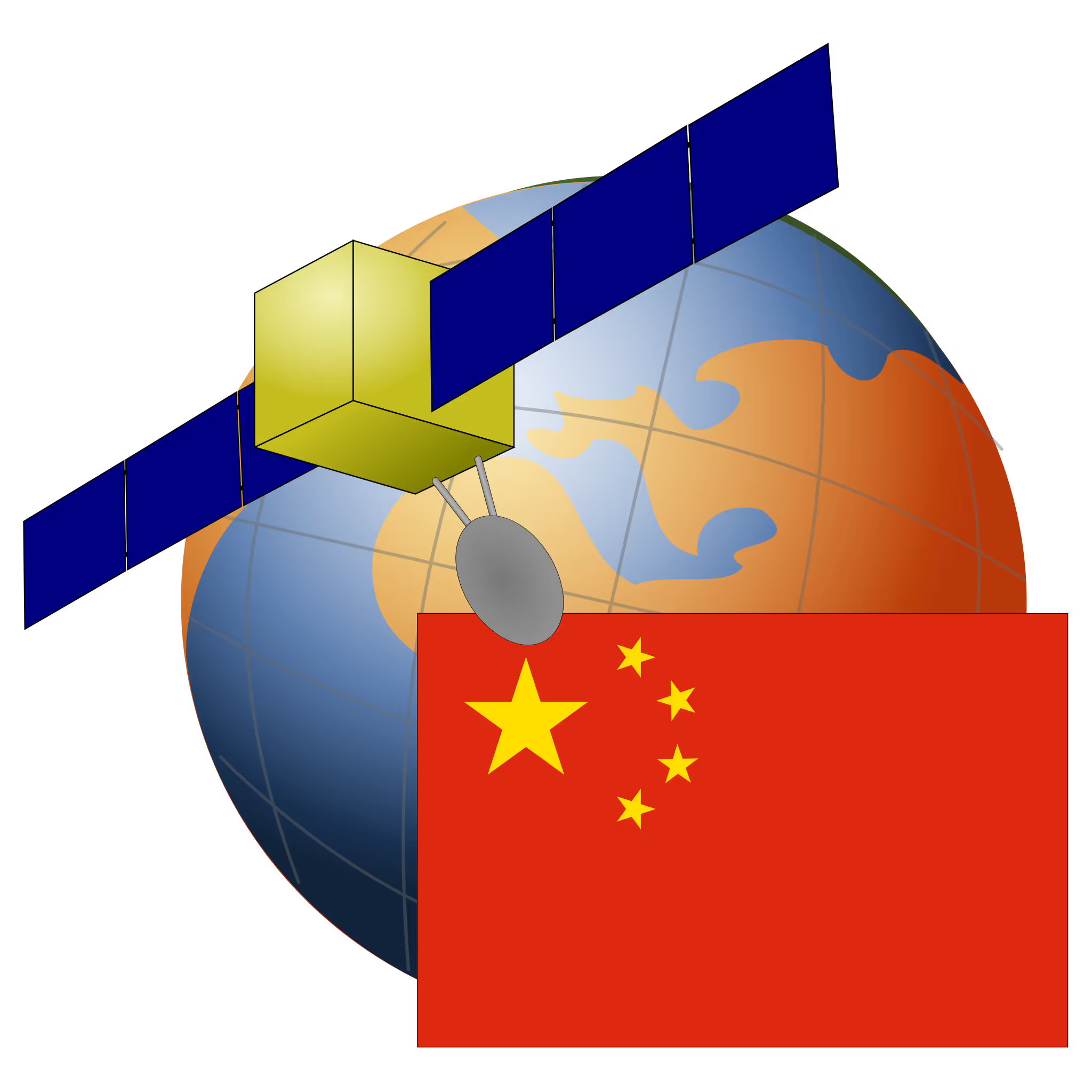
Antisatellite operations: the PLA Aerospace Force can employ ground-based lasers and satellite systems to disrupt intelligence, surveillance and reconnaissance, navigation, and communication satellites.


